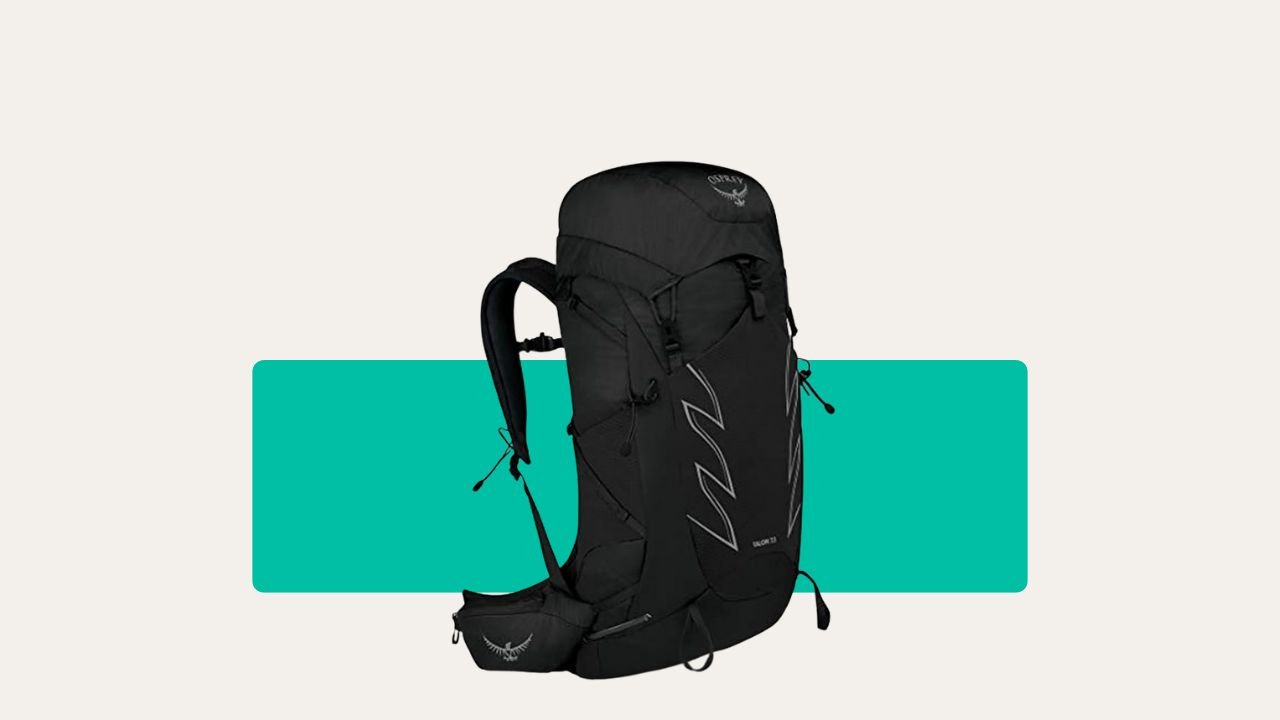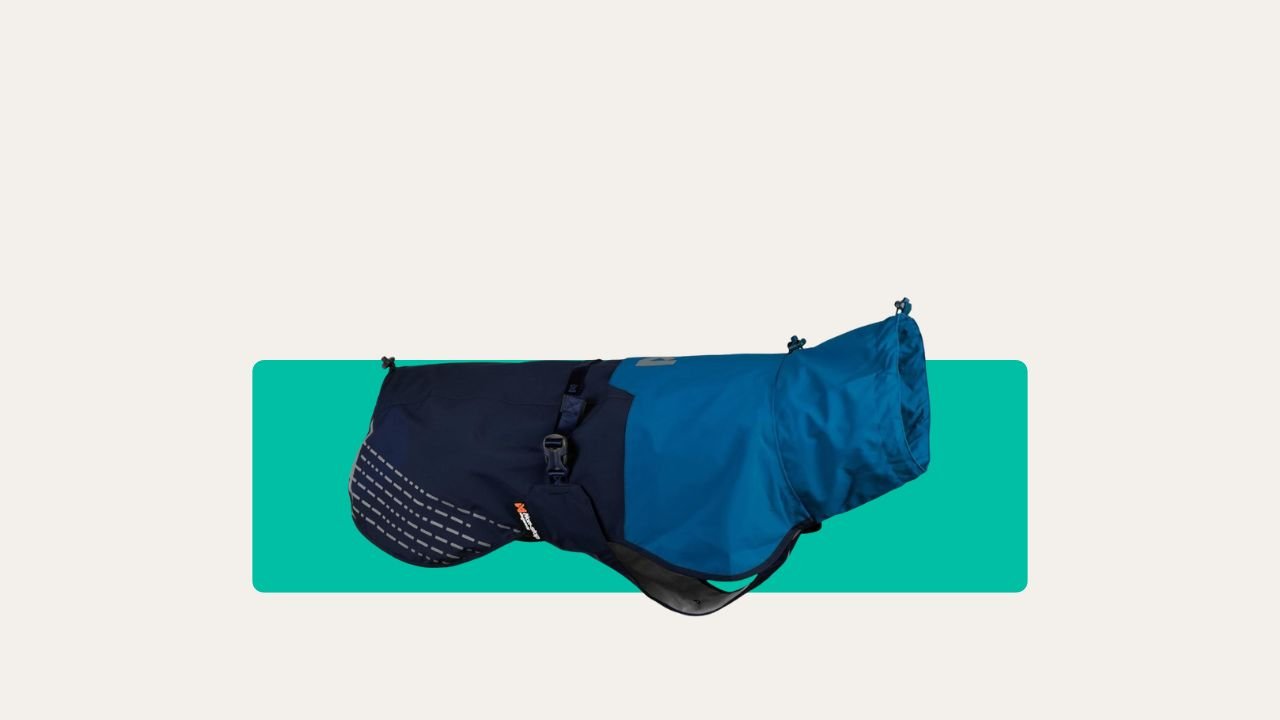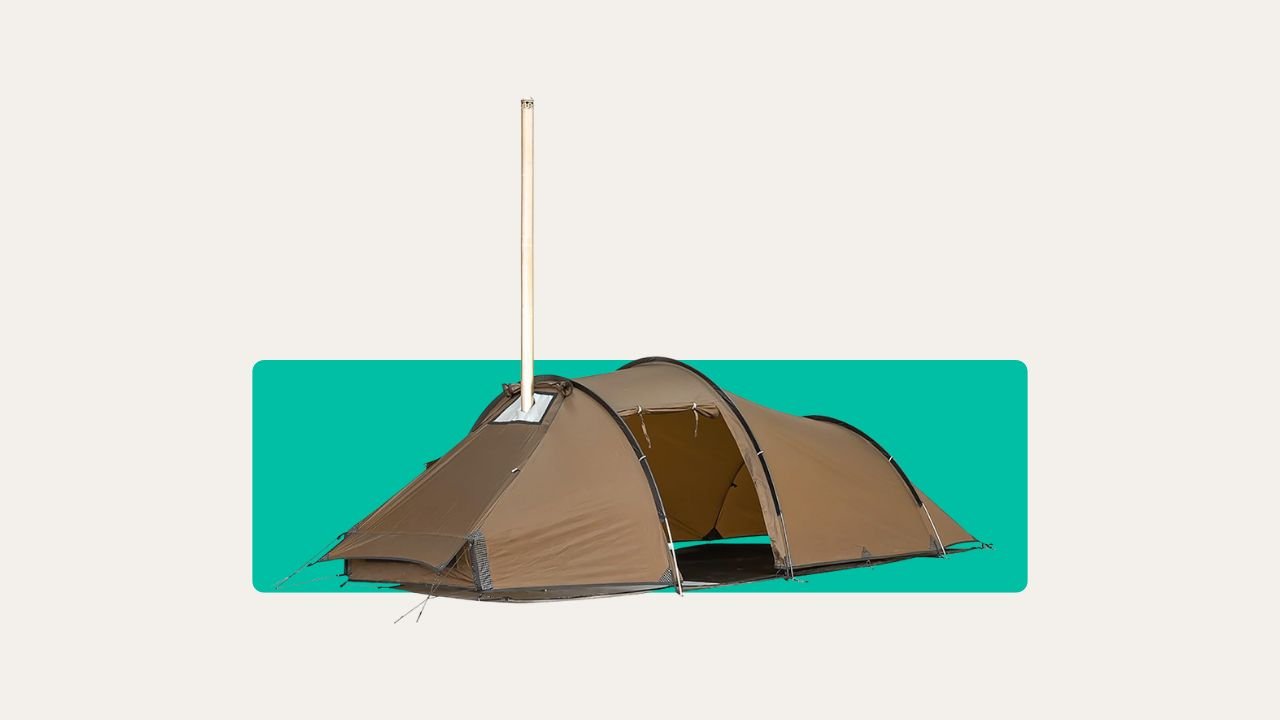There’s a classic mistake most new campers make – we tend to overpack. We always believe that “more gear means more comfort.”
The first time I went camping in Dartmoor, I crammed my car full like I was moving house. Foldable chairs, a mini BBQ, five torches, three blankets… you name it.
By the time I set up, I was exhausted. And guess what? I used maybe a third of what I brought.
Turns out, it’s not about bringing more stuff but about bringing the right stuff.
The right tools will keep you dry, warm, well-fed, and relaxed. The wrong stuff just weighs you down.
So here’s the real kit you need for a no-fuss, smooth camping trip in the UK. No fluff, no sales talk – just lessons from years of soggy camps, windy nights, and great mornings in the tent.
1. Choose The Right Tent, Stakes & Footprint
Your tent is your sanctuary. It doesn’t need to be a palace, but it does need to handle a surprise storm at 2 a.m. Go for something that’s waterproof, wind-resistant, and quick to set up (bonus points if it doesn’t require a PhD in engineering).

And whatever you do, don’t skip the footprint. That simple groundsheet that sits under your tent? It’s saved me from sleeping in puddles more than once. Trust me, that extra tenner is worth every penny.
Also, toss out those wiry, bendy pegs your tent probably came with. If you’ve ever tried to stake into the rocky ground of the Lake District, you’ll know exactly what I mean. Solid stakes and a basic mallet (we’ll get to that) are game changers.
Not sure which tent to go for, I will recommend you check out the Vango Venture 450 Tent. It’s a brilliant 4-person tent that’s stood up to wind, rain, and even a grumpy toddler. It’s easy to pitch and super weatherproof.
2. Pack a Reliable Sleeping Bag and Pad
One of my worst nights camping was in Snowdonia. May weather, I thought – should be fine! I brought an old summer sleeping bag… and froze half the night.
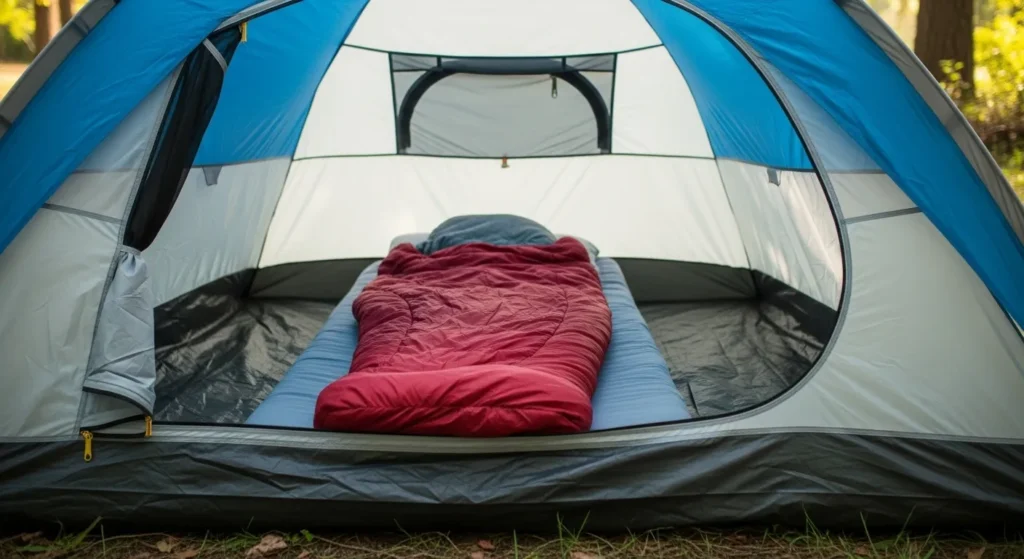
Lesson learned: always go warmer than you think you need. If it says it handles -2°C, and you’re heading out in spring or autumn, that’s your friend.
And don’t overlook the sleeping pad. It’s not just for comfort, though your back will thank you, it keeps the cold from seeping up through the ground.
Foam mats are budget-friendly, but I love a compact inflatable one. Just remember to test it for punctures before you leave home.
3. Bring a Headlamp or Flashlight with Spare Batteries
The first time I tripped over my guy lines on a midnight toilet run, I realised something: phones are rubbish torches when your hands are full and you’re half-asleep.
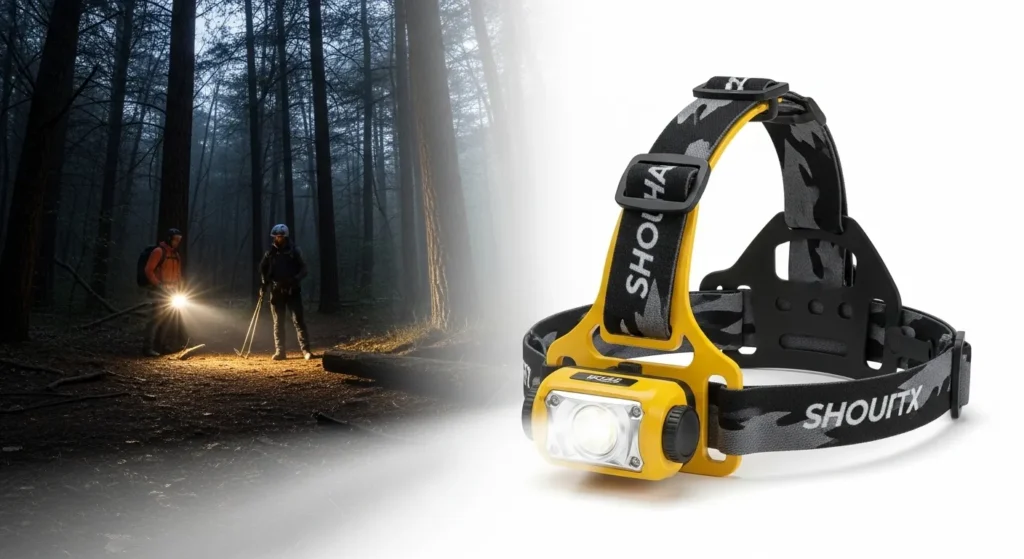
A headlamp gives you hands-free light when cooking, finding gear, or chasing a rogue marshmallow under your chair. Get one that’s water-resistant, has decent battery life, and comes with adjustable brightness.
Always pack spare batteries, too. The long summer evenings are lovely, but nights still draw in fast. Trust me, doing a tent repair by moonlight is not my idea of fun.
Recommended: Black Diamond Spot 400 Headlamp – It’s bright, water-resistant, and has a red night vision mode (great for starry nights and late toilet breaks).
4. A Multi-tool (Your Tiny Toolbox)
If there’s one thing I never camp without, it’s my multi-tool. This thing has fixed broken zips, chopped chorizo, whittled tent pegs, and even removed stubborn ticks.
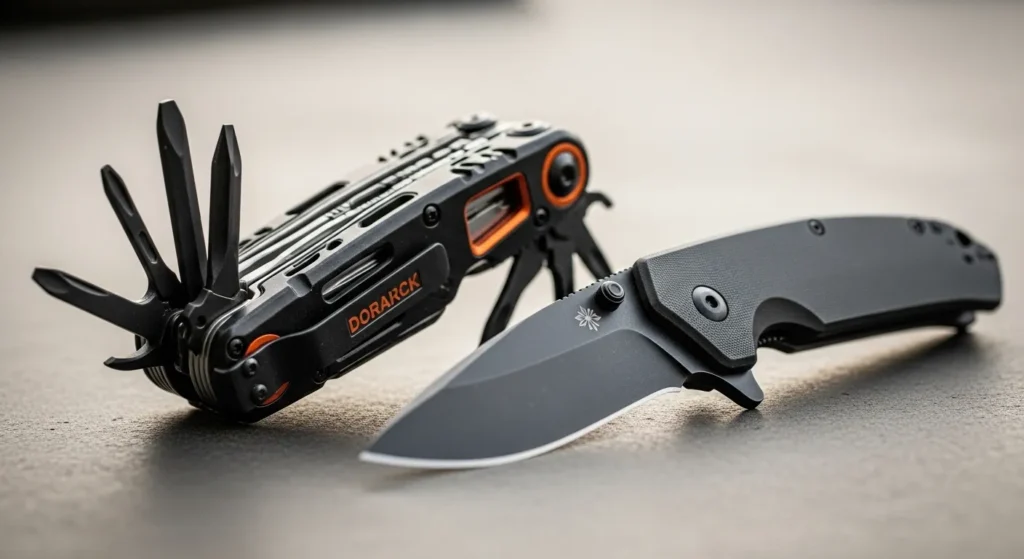
You’ll use it for food prep, gear fixes, opening tins, and plenty you haven’t even thought of yet. It’s like having a mini toolbox in your pocket.
There are loads out there, but make sure yours includes a blade, screwdriver, can opener, and scissors. Bonus if it has a bottle opener because cracking open a cold one after pitching a tent is practically a ritual.
You might want to check out the Victorinox Swiss Army Camper Knife. I love this knife because it’s not only compact and durable, but also loaded with genuinely useful tools. I’ve had mine for years – it’s a legend.
5. Fire Starters (Because Wet Matches Are Useless)
Building a fire sounds romantic, but nothing kills the mood like rain-soaked matches.
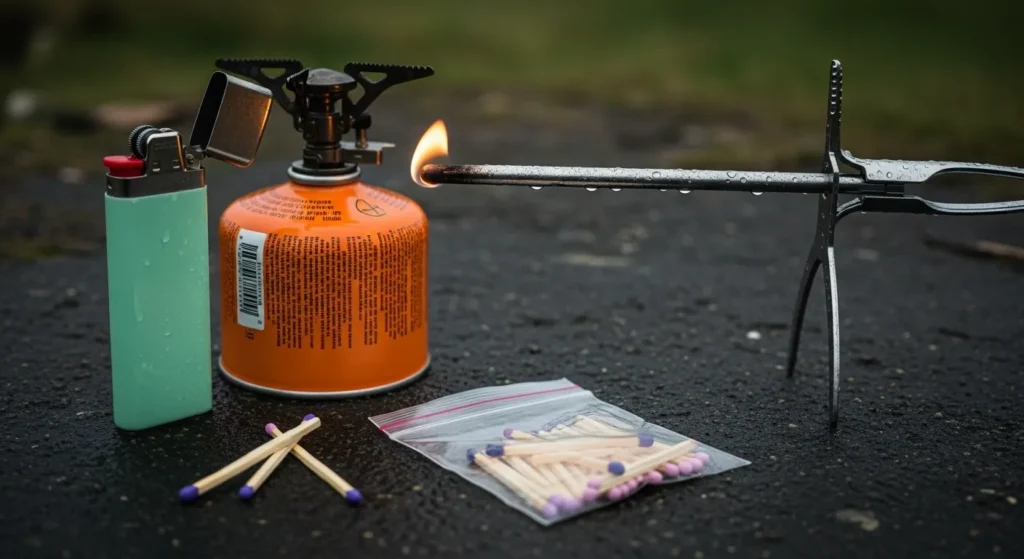
I always bring three fire-starting options: a lighter, waterproof matches, and a fire steel. Even on ‘dry’ trips, dew and drizzle can surprise you.
Keep everything in a waterproof bag or tin. And if you’ve got kids, teaching them to use a fire steel (safely!) is oddly fun and makes them feel like wilderness pros.
6. Keep a Water Bottle or Hydration Pack to Hand
Dehydration sneaks up on you when you’re busy with camp chores or hiking hills.
Having a solid water bottle or hydration pack (the kind you sip through a tube while walking) keeps you drinking regularly.
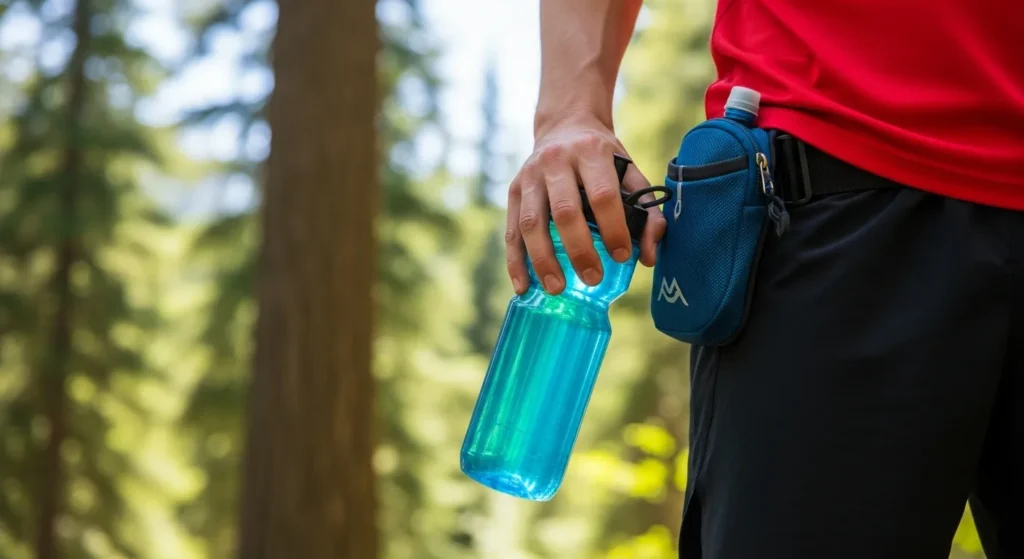
If your trip involves wild camping or any uncertainty about tap water, bring a filter or purification tablets. Some streams look crystal-clear but could still make you ill. My own lesson came after a supposed “pure” spring left me out of action for half a day.
7. Take a First Aid Kit
A tin of beans did me dirty once. Tried to open it with a dodgy opener, slipped, and sliced my finger. I was fine, but only because I had antiseptic wipes and plasters on hand.
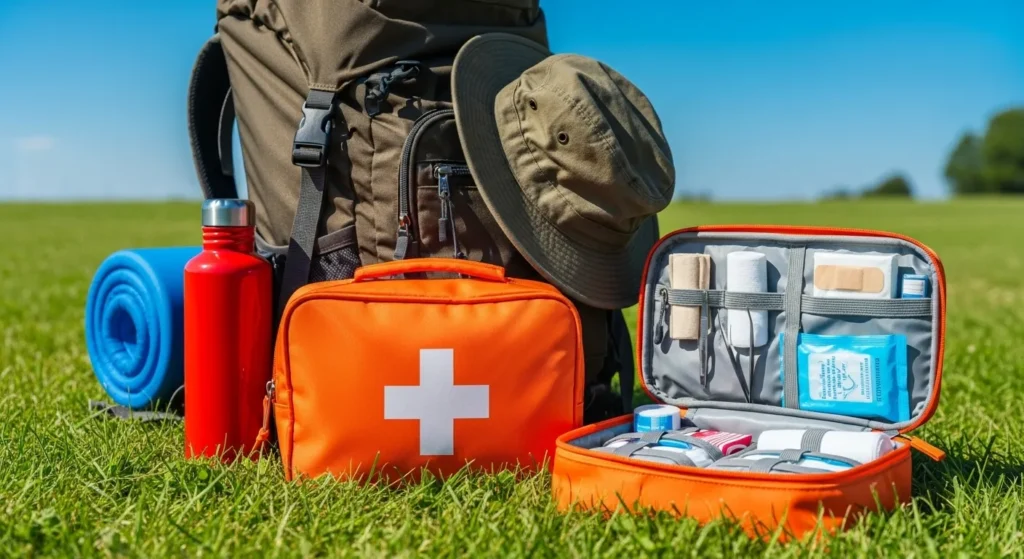
A basic first aid kit doesn’t need to be massive, but you do need the essentials: plasters, antiseptic wipes, bandages, tweezers (for splinters or ticks), and pain relief.
If you have personal meds (inhalers, epipens), add them. And don’t forget to top up the kit before each trip. It’s useless if you used the only bandage last time and never replaced it.
8. A Mallet or Hammer for Campsite Setup
The ground on British campsites is unpredictable – sometimes grass, sometimes rocky, sometimes a muddy bog. I’ve bent too many pegs trying to use my boot as a hammer.
Get a small mallet or camping hammer. It drives stakes in cleanly, fixes crooked ones, and saves your hands.
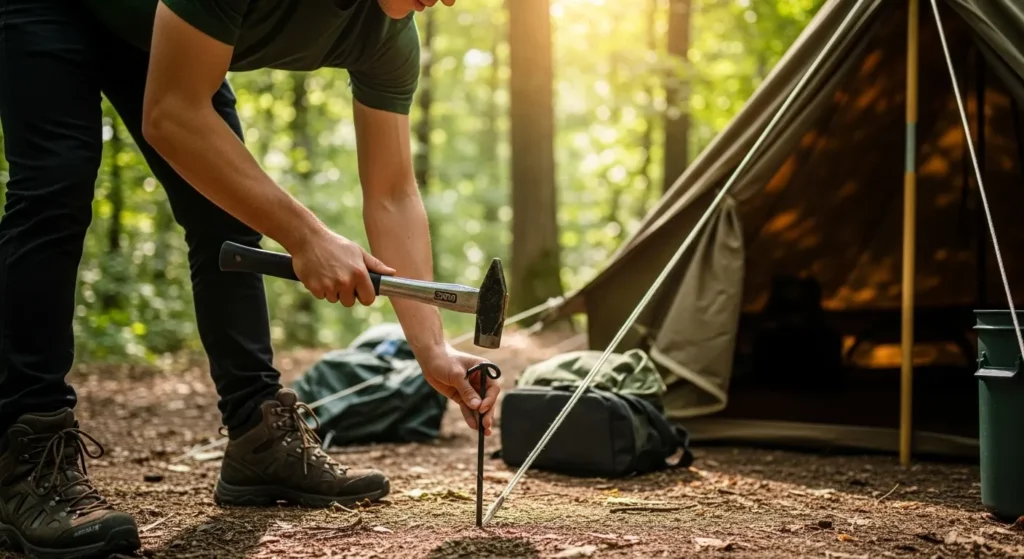
It might seem like a luxury, but it weighs little and works wonders on hard ground. Especially helpful on packed sites where the soil’s been trodden into concrete.
Trust me, after one smooth, bruise-free setup, you’ll never go without it again.
9. Pack Duct Tape and Cord
Duct tape is the solution to half of camping’s problems. Tear in your tent? Leak in your sleeping mat? Broken guyline? Wrap some duct tape around a pencil to save space and always have it on hand.
Cord, like paracord, is another workhorse. You can rig a tarp for extra shelter, fix kit, hang your food, or replace a busted shoelace.
Once I made a clothesline in rainy Yorkshire so my gear could drip-dry under cover.
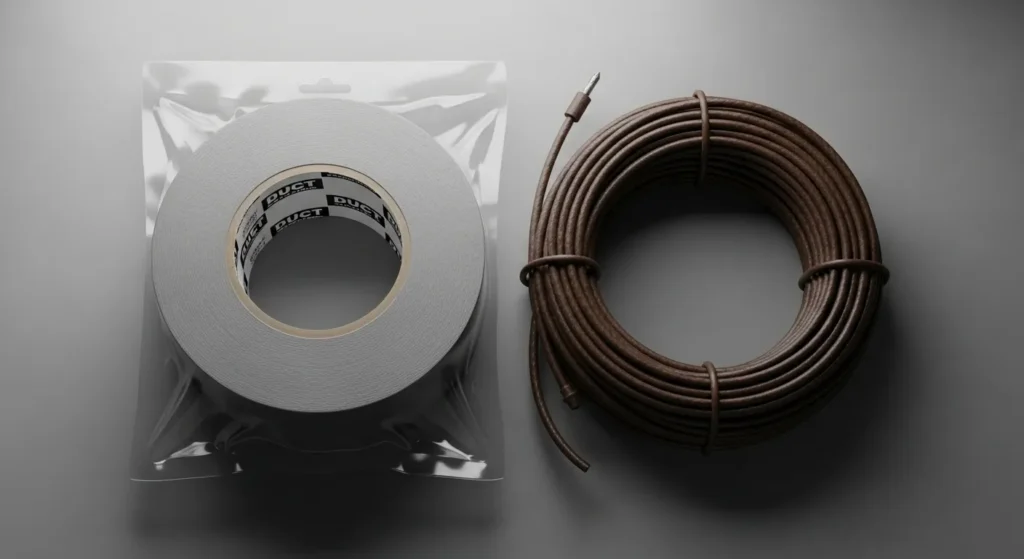
Packing Example: A Quick-Check Table
| Tool | Purpose | Why It’s Worth Its Weight |
|---|---|---|
| Tent (stakes/footprint) | Shelter; keeps you dry and protected | Security at night, holds up in any weather |
| Sleeping bag and pad | Warmth and comfort | Good sleep, no freezing on cold ground |
| Headlamp/flashlight | See at night, work hands-free | Safety, easy setup, and late-night trips |
| Multi-tool/pocket knife | Cut, repair, and prepare food | Solves 99% of campsite problems |
| Fire starter | Light stoves, create warmth | Hot meals, heat, and comfort (rain or shine) |
| Water bottle/hydration pack | Stay hydrated and healthy | Avoid fatigue, stay sharp, no illness |
| First aid kit | Handle scrapes and injuries | Fix minor issues before they become big ones |
| Mallet/hammer | Put up and adjust your camp | No ruined tent poles or broken fingers |
| Duct tape and cord | Quick fixes, makeshift repairs | Crisis averted every single time |
Packing Tips for Campers
Packing is half the battle. Now that you have the perfect idea of what to include in your camping bag, let’s consider some extra tips that that can make the rest of the trip go smoothly:
- Match your gear to your trip: If it’s just a quick overnight, leave non-essentials at home. If you’re wild camping, plan for less access (and for British weather, always plan for rain!).
- Choose lightweight and multi-purpose kit: Don’t double up if one piece does the work – your back will thank you.
- Test your gear before leaving home: That tent that hasn’t seen daylight since Glastonbury might surprise you (and not in a good way). Set everything up in your garden or lounge to check for missing bits.
- Keep kit in separate dry bags for quick access and organisation: This also keeps your sleeping bag smelling fresh, not like onions from the food bag.
- Bring spare tent pegs and a mini repair kit: You may not need them, but if you do, you’ll be glad you came prepared.
Final Thought: Get Out There, But Get It Right
Camping isn’t about having all the gear – it’s about having the right gear, learning as you go, and slowly building a setup that works for you.
Start with these essentials. Skip the fancy stuff (for now), avoid overpacking, and take notes after each trip. Identify what worked, what didn’t. Before long, you’ll have a system that fits like a glove.
And if something goes wrong? That’s part of the charm. Every great camper has a story about forgetting a can opener or waking up with a wet sock. You’ll have yours too.
So get out there, gear up, and make those memories. And may your marshmallows be golden, not flaming.Happy camping from all of us at Camping Nerd


